The Su-30MKI is a striking example of the fruitful partnership between HAL and Sukhoi, underscoring India’s commitment to attaining self-sufficiency in aerospace advancements. Let’s Delve Into The Details Of The Indian Made Su-30MKI, also known as Flanker-H in NATO nomenclature. As a twinjet multirole air superiority fighter, it was jointly developed by Sukhoi and manufactured under license by Hindustan Aeronautics Limited (HAL) in India. This exceptional aircraft boasts state-of-the-art technology and remarkable adaptability, endowing the Indian Air Force with unparalleled combat capabilities.

With its sleek design, state-of-the-art avionics, and formidable arsenal, this aircraft stands as a symbol of India’s unwavering commitment to national defence. Enhancements and indigenous modifications have further elevated its capabilities, igniting a surge of pride and confidence within the IAF. With its unrivalled range, blistering speed, and lethal precision, the Su-30MKI soars as a beacon of strength, safeguarding the skies and ensuring resolute defence.
Development of this extraordinary variant began after India forged a momentous deal with Russia in 2000, paving the way for the manufacturing of 140 Su-30 fighter jets. The majestic debut of the first Russian-made Su-30MKI variant took place in 2002, leaving the world in awe. Subsequently, in 2004, the Indian Air Force proudly welcomed the inaugural Su-30MKI assembled on Indian soil, marking a monumental milestone in their aviation legacy.

Awe-inspiring in its magnitude, the Indian Air Force boasts an impressive arsenal of nearly 260 Su-30MKIs as of January 2020, a testament to their indomitable strength and unwavering dedication to protecting the skies. This remarkable aircraft, projected to retain its position as the backbone of the Indian Air Force’s fighter fleet well into the future, epitomizes a legacy of unparalleled power and sophistication.
Bearing the imprints of India’s distinct specifications, the Su-30MKI seamlessly integrates indigenous systems and avionics alongside French and Israeli sub-systems, forging an exquisite fusion of technological prowess. It possesses an uncanny resemblance to its esteemed counterpart, the Sukhoi Su-35, sharing an array of exceptional features and components that propel it to the forefront of aerial dominance.
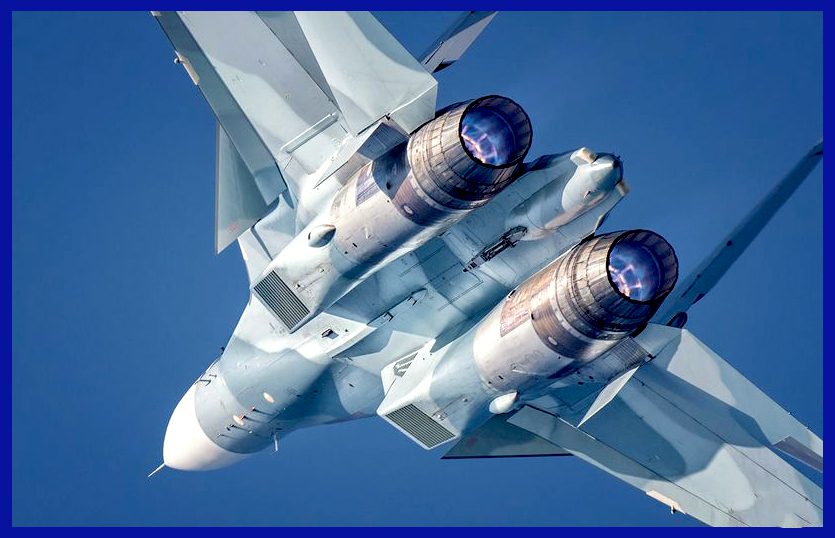
We Need To Know About The Su-27 Aircraft First Before We Delve More Into Su-30MKI
The arrival of the long-range Su-27 ( NATO code name Flanker ) gave the USSR a formidable fighter that could escort its bomber force, all the way to the UK. The high-performance aircraft, which also had the capability of intercepting aircraft over long distances, came as a shock to NATO planners when it was deployed in the mid-1980s. About 20% larger than the F-15 Eagle, the Su-27 is one of the biggest and most imposing fighters of all time.
Development work began in 1969 under Pavel Sukhoi himself and the prototype first flew in 1977, but early models displayed serious instability problems and it was considerably redesigned. Nevertheless, the Su-27 in service today is considered by many to be the pinnacle of Russian fighter design and the masterpiece of the Sukhoi Bureau.
The fast-climbing and superbly manoeuvrable fly-by-wire Flanker can carry up to 12 air-to-air missiles, including the 112km BVR missile. That amount of missiles gives the Flanker “combet persistence” – it can keep on fighting long after other fighters would have had to run for home ( ” about Bingo” ). Hige internal fuel tanks give a very long range ( up to 3000km ) with no need for drag-including external fuel tanks.
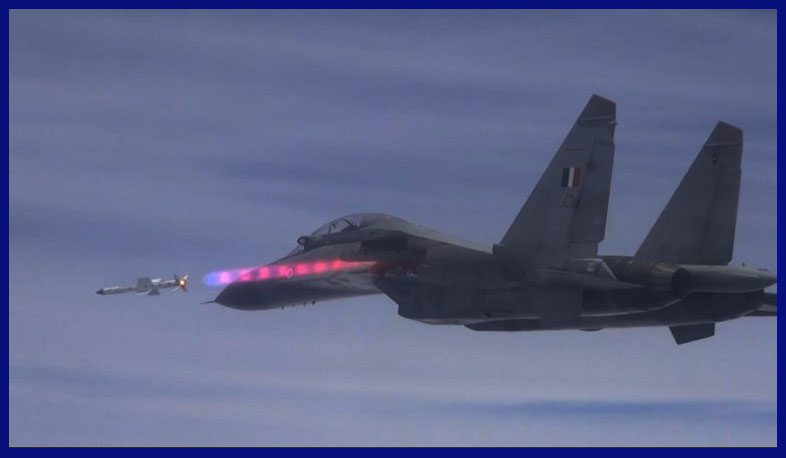
The Su-27s Zhuk radar can targets while continuing to scan for others and perhaps most importantly gives the aircraft a look-down/shoot-down capability. Advanced electronics enable the Flanker to detect and destroy an enemy fighter beyond visual range (BVR) at tree-top height, without the need to descend to that level and lose a height advantage. Specially modified versions have set numerous altitude and climb records.
The Su-27 equips air arms in Russia, Ethiopia, Angola, Indonesia, Ukraine, Kazakhstan, Mongolia, Vietnam and Uzbekistan. China also negotiated manufacturing rights to produce its own Su-27s, which began to appear in December 1998.
The Russian Navy’s carrier arm is equipped with the air-defence Su-33 version, with folding wings and tailplane, arrester hook and a different undercarriage suited to carrier operations. More powerful engines, larger wings and canards produce increased lift for carrier take-offs. The Su-33 is believed to have entered service in 1998. The Su-27 spawned a whole family of fighter aircraft, including the Su-33, Su-35 and Su-37, but the Su-27 is likely to be the mainstay of the Russian aviation industry for some years to come.

Let’s Come To The Su-30MKI, The Concept Behind The Development
The development of the Su-30MKI was driven by the vision of creating a world-class fighter aircraft that would meet the specific operational requirements of the Indian Air Force (IAF). The concept behind its development can be summarised as follows
Strategic Partnership: The development of the Su-30MKI was a result of a strategic partnership between India and Russia. This collaboration aimed to transfer technology, enhance indigenous manufacturing capabilities, and strengthen defence ties between the two nations. Although the Su-30MKI was designed by Russia’s Sukhoi Corporation, with its development commencing in 1995, it wasn’t until almost two years of evaluation and negotiations had passed that India and Sukhoi inked a momentous deal on 30 November 1996. Valued at a staggering US$1.462 billion, the agreement involved the acquisition of 50 Russian-produced Su-30MKIs, to be delivered in five distinct batches.
The initial batch consisted of eight Su-30Ks, which represented the basic export version of the Su-30 and were designated as Su-30MKI-I by India. In the subsequent batch of 10 aircraft, still Su-30Ks, French and Israeli avionics were integrated, marking the evolution of the Su-30MKI-I variant. The third batch, comprising 10 Su-30MKIs, boasted the addition of canard foreplanes, further enhancing the aircraft’s capabilities. Lastly, the fourth and fifth batches were set to include 12 and 10 Su-30MKIs, respectively, with the notable incorporation of AL-31FP turbofans.
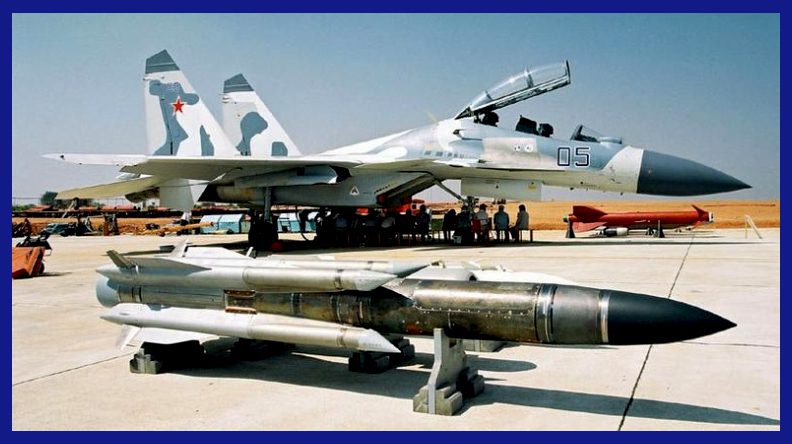
Adaptation to Indian Requirements: The idea behind the Su-30 aircraft customization was to cater to India’s specific and diverse operational demands. The Indian Air Force (IAF) aimed for a multirole fighter capable of excelling in both air-to-air and air-to-ground missions, while effectively operating in various terrains and seamlessly integrating with advanced weapon systems. To realize this vision, a memorandum of understanding (MoU) was signed in October 2000, paving the way for the Indian license production of 140 Su-30MKIs.
Following that, in December 2000, a deal was sealed at Russia’s Irkutsk aircraft plant, ensuring the full transfer of technology. The Indian Air Force ( IAF ) placed an order for 272 aircraft, with 50 to be delivered by Russia between 2002 and 2004, as well as in 2007. The remaining 222 planes were scheduled for production under license at HAL’s Indian facilities, specifically the Nasik plant, in 2004.
Moreover, it is estimated that around 920 AL-31FP turbofan engines will be manufactured at HAL’s Koraput Division, while the mainframe and other accessories will be produced at HAL’s Lucknow and Hyderabad divisions. The final integration and test flights of the aircraft are carried out at HAL’s Nasik Division. The manufacturing process is divided into four phases, each progressively increasing Indian content: Phase I, II, III, and IV. In Phase I, HAL manufactured the Su-30MKIs from knocked-down kits, transitioning to semi-knocked-down kits in Phases II and III. In Phase IV, HAL started producing aircraft entirely from scratch, commencing in 2013 onwards.

Advancements in Technology: The core concept emphasized the integration of state-of-the-art technologies and systems to elevate the aircraft’s performance and capabilities. This encompassed advanced avionics, fly-by-wire controls, thrust vectoring engines, and modernized weapon systems. Notably, a specific order for 42 Su-30MKIs has been assigned to the Strategic Forces Command (SFC), where these aircraft will undergo optimization and be specially equipped for nuclear weapons delivery. Previously, the SFC presented a proposal to the Indian Defence Ministry advocating the establishment of two dedicated fighter squadrons comprising 40 aircraft, all possessing the capability to deploy nuclear weapons.
Indigenous Integration And Upgrades: A key aspect of the concept was the emphasis on indigenous integration and upgrades, aimed at achieving self-reliance and bolstering the aircraft’s combat capabilities. This involved the seamless integration of Indian systems, such as radar, electronic warfare suite, and the BrahMos missile, which further enhanced its operational effectiveness.
With the incorporation of the BrahMos missile into the Su-30MKI, the aircraft gained the capability to engage ground targets from stand-off ranges of approximately 300 km. On 25 June 2016, HAL successfully conducted the first test flight of a Su-30MKI equipped with a BrahMos-A missile in Nashik, India. Subsequently, on 22 November 2017, the first air launch of the BrahMos from a Su-30MKI was carried out with resounding success.
In addition to the BrahMos integration, the Uttam AESA ( Active Electronically Scanned Array ) radar was developed to provide enhanced situational awareness, target detection, and tracking capabilities. This radar system offers improved range, resolution, and target discrimination compared to previous radar systems. It is capable of simultaneously tracking multiple targets and engaging them with precision-guided weapons.
Long-term Strategic Impact: The concept of developing the Su-30MKI aimed to achieve long-term strategic goals. It aimed to strengthen the domestic defence industry, build technical expertise, and create a robust ecosystem for maintenance, repair, and overhaul ( MRO ) facilities in India.
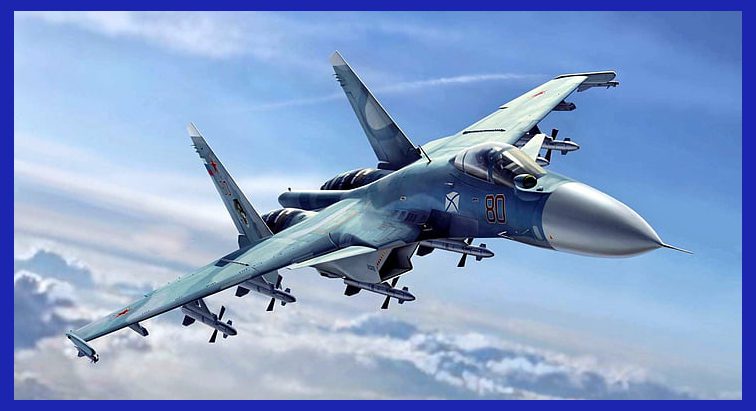
The Exact Design Analysis Of The Sukhoi Su-30MKI
The Su-30MKI features a design that combines agility, versatility and robustness to excel in a wide range of operational scenarios. Here is a detailed analysis of its design.
Airframe and Configuration: The Su-30MKI has a twin-engine airframe with a canard and twin-tail configuration. This design provides excellent manoeuvrability, stability, and high angle-of-attack capabilities. The aircraft’s large size allows for increased fuel capacity, extending its range and endurance. The airframe of the Su-30MKI is constructed using titanium and high-strength aluminium alloys. To maintain a continuous streamlined profile, the engine intake ramps and nacelles are equipped with trouser fairings, seamlessly connecting them to the tail beams.
The fins and horizontal tail consoles are securely attached to the tail beams. The central beam section positioned between the engine nacelles houses the equipment compartment, fuel tank, and brake parachute container. The fuselage head is built using a semi-monocoque construction method, accommodating the cockpit, radar compartments, and the avionics bay.
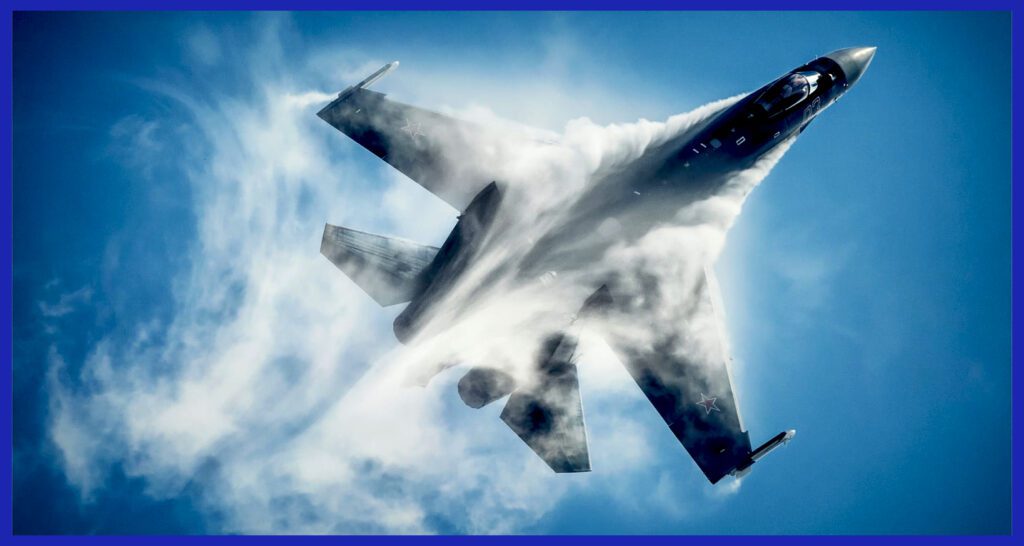
Thrust Vectoring Engines: One of the standout features that set the Su-30MKI apart is its advanced thrust vectoring engines. These engines possess the remarkable ability to independently control the direction of their exhaust nozzles, resulting in enhanced manoeuvrability and agility. This feature enables the aircraft to perform intricate manoeuvres, including post-stall manoeuvres, evasive actions, and rapid turns.
Two Lyulka-Saturn AL-31FP turbofan engines, each capable of producing 12,500 kg (27,550 lb) of after-burning thrust, are mounted on the Su-30MKI. These powerful engines enable the aircraft to climb at 230 m/s and reach speeds of up to Mach 2 in horizontal flight. With a reported lifespan of 3,000 hours, these engines’ reported mean time between overhauls is 1,000 hours. The titanium nozzle also boasts a 500-hour mean interval between overhauls.

Avionics and Cockpit: The Su-30MKI aircraft is equipped with a suite of advanced avionics and electronic systems. The cockpit features a modern glass cockpit layout, which includes multi-function displays and a digital fly-by-wire flight control system. This configuration enhances situational awareness improves pilot workload management, and facilitates seamless integration with various onboard systems.
The Uttam AESA radar is also always being improved, bringing the aircraft’s capabilities to a new level. In addition, the N011M Bars radar, which is already incorporated, is a potent integrated passive electronically scanned array radar. An air-to-air and air-to-land/sea radar with dual frequency bands, the N011M (passive electronically scanned array) Bars radar can operate in both modes at once.
The Su-30MKI is complemented by a high-precision laser-inertial or GPS navigation system. Its radar features a modern digital weapons control system and incorporates anti-jamming capabilities. With a search range of 400 km and a maximum tracking range of 200+ km (60 km in the rear hemisphere), the radar is capable of tracking up to 15 air targets and engaging 4 targets simultaneously. These targets include cruise missiles and stationary helicopters.
Notably, an interesting thing about the Su-30MKI is, it can also function as a mini-AWACS by serving as a director or command post for other aircraft. It can automatically transfer target coordinates to at least four other aircraft. Additionally, the radar has the capability to detect ground targets, such as tanks, at distances ranging from 40-50 km.
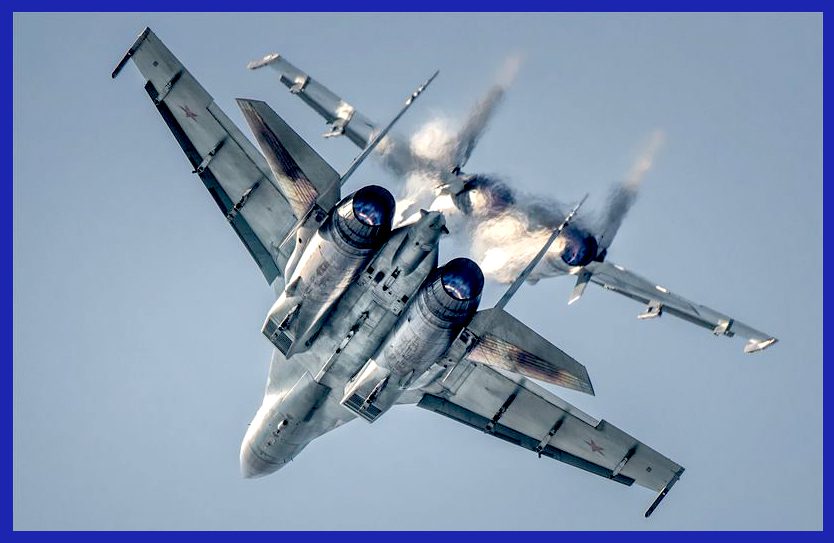
Radar and Sensors: The Su-30MKI is equipped with a powerful phased-array radar that provides long-range detection, tracking, and targeting capabilities. It also incorporates a variety of sensors, including infrared search and track ( IRST ) systems, to detect and engage targets effectively, even in adverse weather conditions or stealthy environments.
OLS-30 Laser-Optical Infra-red Search and Track: The Su-30MKI is equipped with the OLS-30 laser-optical infra-red search and track system, which encompasses both day and night FLIR ( Forward-Looking InfraRed ) capabilities. This system is utilized in conjunction with the helmet-mounted sighting system. The OLS-30 combines an infrared search and track ( IRST ) and a long-range (LR) device, utilizing a cooled, broad waveband sensor. It has a detection range of up to 90 km, while the laser ranger is effective up to 3.5 km. Detected targets are displayed on the same LCD display as the radar.
The Israeli LITENING targeting pod is employed for laser-guided munitions. The original Litening pod includes a long-range FLIR, a TV camera, a laser spot tracker to track targets designated by other aircraft or ground forces, and an electro-optical point and inertial tracker. This enables the engagement of targets even when they are partially obscured by clouds or countermeasures. The targeting pod also integrates a laser range finder and a flash-lamp-powered laser designator, which facilitates the delivery of laser-guided bombs, cluster bombs, and general-purpose bombs.

Weapons and Payload: The aircraft is equipped with 12 hardpoints capable of carrying a wide range of weapons, including air-to-air missiles, air-to-ground missiles, guided bombs, and rockets. This versatility enables the Su-30MKI to fulfil various mission requirements and effectively engage both aerial and ground targets.
One of the most intriguing aspects of its weapon systems is the integration of not only Russian-origin weapons but also Israeli, French, and Indian-origin weapons. For instance, it is equipped with powerful air-to-air missiles such as the MICA, Derby, and ASTRA. For air-to-surface engagements, it utilizes missiles like Rampage and Spice. Additionally, it can deploy guided bombs such as SAAW and Sudarshan. The combination of these integrated weapons makes the Su-30MKI truly unique, especially when compared to its less capable Chinese counterparts.
Electronic Warfare Suite: The Su-30MKI incorporates a sophisticated electronic warfare suite for self-defence and situational awareness. This suite includes radar warning receivers, electronic countermeasures, and chaff and flare dispensers, which help the aircraft detect and counter threats, enhance survivability, and maintain mission effectiveness.
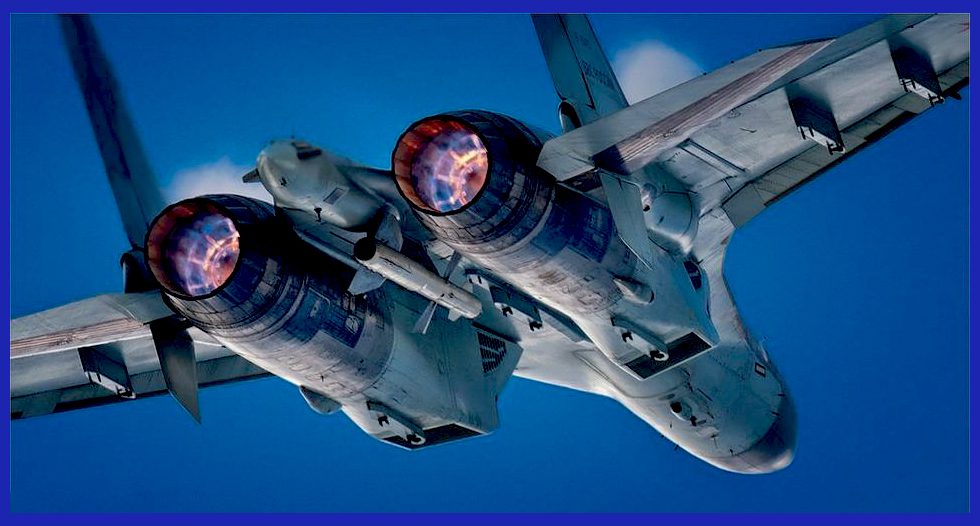
In-flight Refueling Capability: The Su-30MKI has the ability to perform in-flight refuelling, extending its range and endurance during long-range missions or when operating far from the base.
Overall, the design of the Sukhoi Su-30MKI combines advanced aerodynamics, thrust vectoring engines, advanced avionics, powerful radar and sensors, a versatile weapons payload, and robust self-defence systems. These design elements collectively contribute to the aircraft’s exceptional manoeuvrability, operational flexibility, and combat effectiveness in various mission profiles.
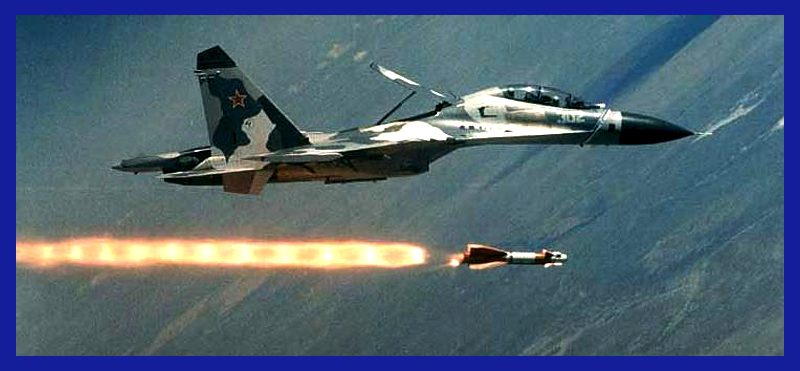
The Su-30MKI: History Of Operations
The Su-30MKI has a significant operational history, demonstrating its capabilities and effectiveness in various missions. Here is an overview of its operational history
Air Defense and Interception: The Su-30MKI has played a crucial role in bolstering India’s air defence capabilities. It has been actively involved in deterring airspace violations along India’s borders, ensuring the integrity of Indian airspace.

Air Superiority: The Su-30MKI has been deployed in various exercises and operations to establish air superiority. It has participated in joint military exercises with other countries, showcasing its advanced capabilities and engaging in simulated air combat scenarios.
During the intense and decisive events of 26 February 2019, four powerful Sukhoi Su-30MKIs valiantly escorted Mirage 2000s as they ventured into Pakistani airspace for the daring Balakot airstrike on an alleged Jaish-e-Mohammed camp.
Undeterred, the following day, two Su-30MKIs on combat air patrol fearlessly encountered a barrage of multiple Pakistani F-16s armed with deadly AMRAAM missiles. The indomitable Indian Air Force skillfully evaded and dodged these lethal threats, showcasing their unmatched prowess. To silence any doubt, the IAF triumphantly presented the recovered debris of an AMRAAM missile, shattering the Pakistani claim of not deploying the F-16s.
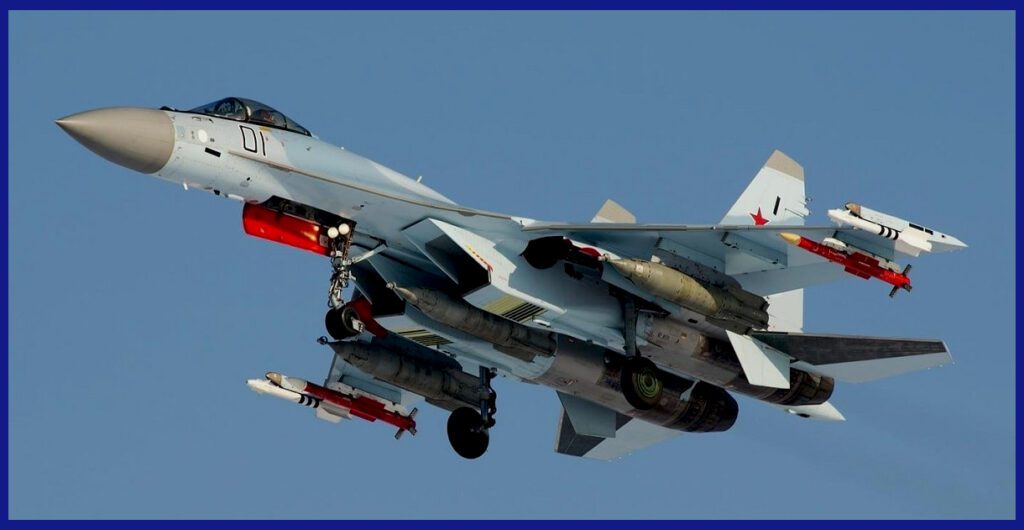
Strike and Ground Attack: The Su-30MKI has demonstrated its effectiveness in ground attack missions, delivering precision strikes against enemy targets. It has been deployed in anti-terrorist operations and counter-insurgency campaigns, providing air support to ground forces. The Su-30MKI has also been utilized for maritime strike missions, patrolling coastal areas, and conducting anti-ship operations. It has the capability to launch the BrahMos supersonic cruise missile, significantly enhancing its maritime strike capabilities.
International Deployments: The Su-30MKI has been deployed for international exercises and deployments, representing India’s air power and strengthening defence ties with other nations. It has participated in joint exercises such as Indra, Garuda, and Red Flag, showcasing its interoperability and operational prowess.
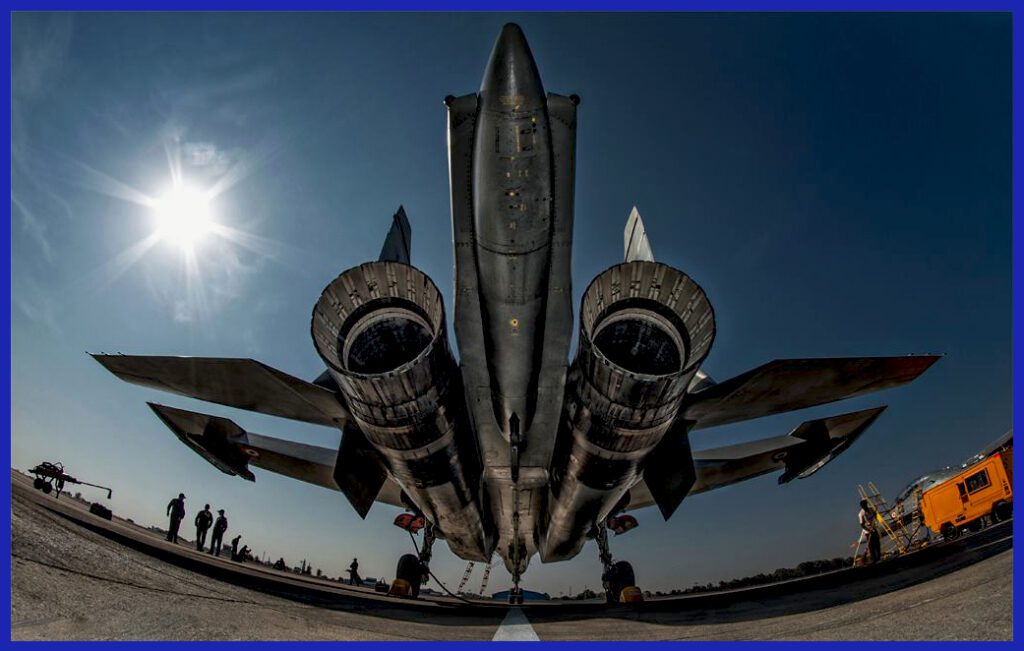
The Sukhoi Su-30MKI: Flanker-H Technical Specifications
- Crew: 2
- Length: 71 ft 10 in ( 21.9 m )
- Wingspan: 48 ft 3 in ( 14.7 m )
- Height: 20 ft 10 in ( 6.36 m )
- Empty Weight: 18,400 kg ( 40,565 lb )
- Max Takeoff Weight: 38,800 kg ( 85,539 lb )
- Payload: 8,000 kg ( 17,630 lb )
- Powerplant: It is equipped with 2 × Lyulka AL-31FP after-burning turbofan engines, providing a thrust of 123 kN ( 28,000 lbs ) with an afterburner.
- Max Speed: 2,120 km/h ( 1,320 mph ) / Mach2.0 at high altitude and 1,350 km/h ( 840 mph ) / Mach 1.09 at low altitude
- Combat range: Approximately 3,000 km ( 1,900 mi ) at high altitude
- Ferry range: 4,500 km ( 2,800 mi ) with 2 external fuel tanks
- g limits: +9
- Service ceiling: 59,000 ft ( 18,000 m )
- Rate Of Climb: 300 m/s ( 59,055 ft/min )
- Armament: 1 × internal 30 mm Gryazev-Shipunov GSh-30-1 autocannon with 150 rounds
The Su-30 is equipped with a total of 12 hardpoints, capable of carrying different combinations of guided missiles. These hardpoints have a maximum payload capacity of up to 8,000 kg ( 17,630 lb ), allowing for the transportation of various combinations of munitions such as R-27, R-73, R-77, MICA, ASTRA, I-Derby, R-37 air-to-air missile / Rampage, BrahMos, Kh-29, Kh-31, Kh-35, Kh-59 air-to-surface missile / DRDO SAAW glide bomb / DRDO Rudram ( anti-radiation missile ) / KAB-500 and KAB-1500 series laser-guided bombs.

“Moreover, don’t miss the chance to own an exquisite scale model of the Su-30 fighter jet, conveniently available on Amazon and Air Models. Just click the provided links to access this remarkable aircraft. Known for its devastating capabilities in combat, it showcases the Russian military’s commitment to advanced technology and precision warfare.”
In conclusion, the Su-30MKI stands as a true powerhouse, epitomizing the pinnacle of aerial excellence and unwavering strength. With its advanced technology, unmatched versatility, and relentless determination, this formidable aircraft soars as a beacon of national pride and military prowess. Armed with precision and agility, it fearlessly defends the skies, instilling a sense of invincibility in the hearts of those who witness its majestic flight. The Su-30MKI is not merely a fighter jet! it is an embodiment of power, a symbol of indomitable spirit, and a testament to the unwavering commitment of the Indian Air Force to safeguarding the nation’s sovereignty!

Important Announcement for Our Valued Readers!
After an article is published, it is possible that updates or changes may have occurred beyond the time of publication. Therefore, it is important to be aware that certain information in the article might be outdated. To ensure the most accurate analysis, it is highly recommended to verify the content with the latest sources available.
However, we are dedicated to delivering outstanding articles on military products and global updates. Maintaining quality and smooth operation requires resources. Your support sustains our efforts in providing insightful content. By purchasing high-quality products through our affiliated links, you help us keep our platform alive and acquire top-notch items. Your unwavering support is invaluable and inspires us to strive further.
We welcome your suggestions and requests for more information, as we value feedback from our readers. If there’s specific defence material or equipment not covered on our site, please share your request in the comments. We’ll strive to research and provide the required information. We sincerely thank you for your unwavering interest in our website, and we eagerly anticipate hearing from you! Enjoy your reading experience!
